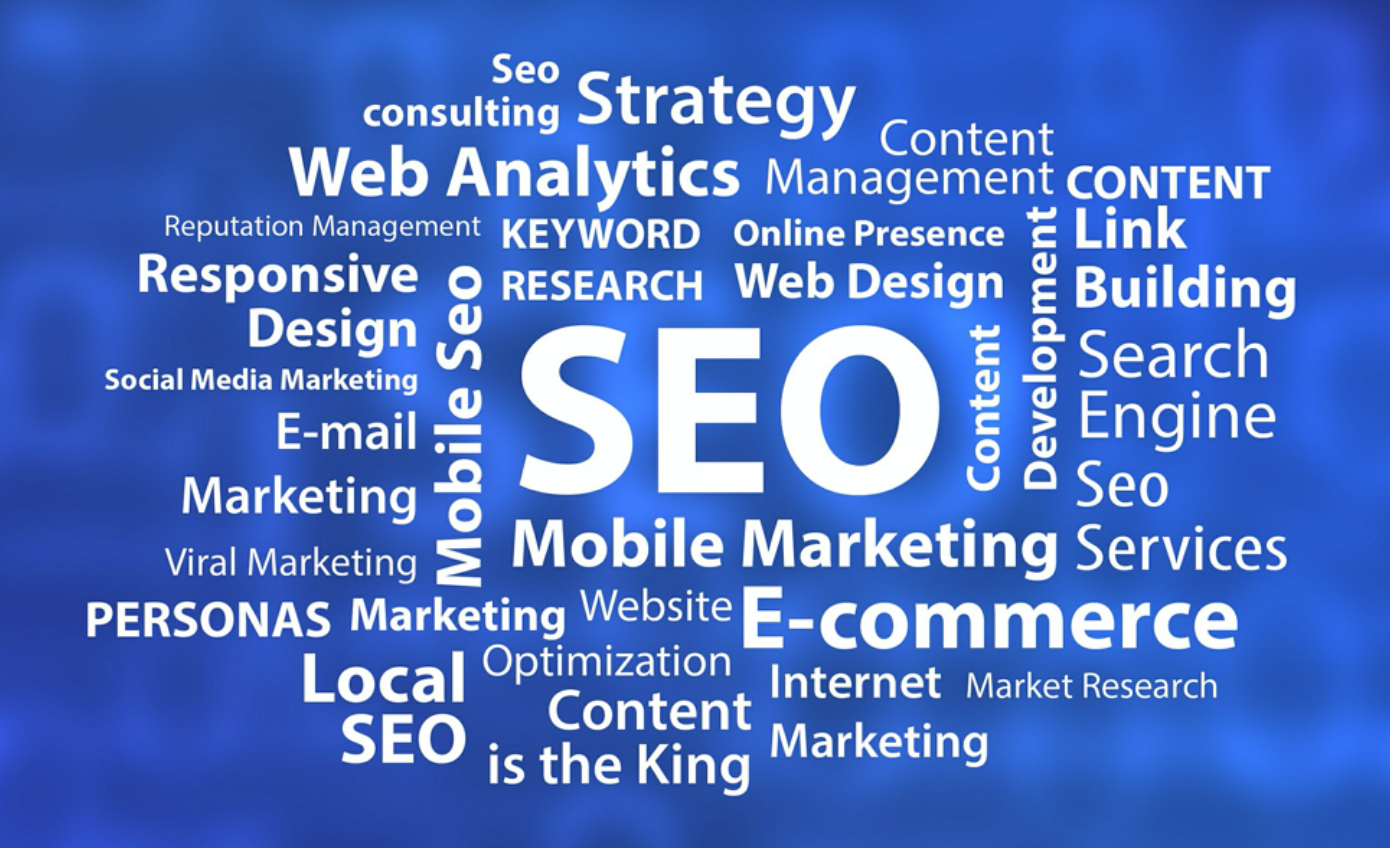The key to success in inbound marketing is a scientific approach to the customer value journey. This will help channel your efforts to the right places.
Inbound marketing is an ingenious marketing method that uses the customer value journey to acquire customers. Instead of pushing products using traditional media, this system follows a more considerate approach for customer acquisition.
Law firms have an opportunity to improve their business revenue and market share by utilizing inbound marketing. Creating a customer value journey equates to acquiring its media, which creates a multiplier effect on the marketing efforts.
How can law firms utilize inbound marketing to improve their market command?
Let’s review some strategies that can work in this quest.
- Create the Foundation of the Strategy
Evaluating your target client forms the foundation of your strategy for inbound marketing for law firms. This will help you to base your actions on customer needs.
Here’s how you can achieve that:
- Know your Customer- Using keyword research tools look for hints such as location, age, level of decision making, gender, and other relevant factors. These factors will help you build a profile of your target customer.
- Understand the intentions of your customer- Using search engine tools such as Google Analytics, you can get insights that’ll help you to understand customer intentions. You can utilize insights such as common online searches with volume data.
This strategy should be based on customer intentions and insights. This will help you channel resources and efforts more efficiently.
- Create Responsive and Quality content
According to a survey done by Google, 70% of smartphone users look online for suggestions before making a purchase. This is an indication of the need to have content that answers customer queries.
Here are some suggestions on how to improve the content to meet customer expectations: -
- Provide value- For customers to act while on your site, they need to find relevant and interesting content. This propels the customer to spend more time on your site.
Creating content that has empathy for the reader’s situation helps develop a connection with the customers.
- Readable content- Users on the internet have a low concentration span and this reflects in how they consume the content. Content that is interactive, conversational, and rich in various formats, such as videos, relevant images, info-graphs, and other illustrations, helps grasp the attention of a reader.
Content forms the spine of your strategy—quality increases the chances of success with your inbound marketing strategies.
- Lead Capture and Nurturing
Once you’ve acquired the customer’s attention, taking them to the next level requires other tactics. On the other hand, making them come back to your site requires some effort. Below are some tactics you can use to retain leads and move them up the value funnel:
- Email marketing- If your site visitors find your content valuable, encourage them to subscribe to newsletters. In conjunction with email automation tools, you can take further actions based on the audience.
- Utilize Social media as a lead magnet- Enhance your social media efforts to bring more people into your sales funnel. Social media can help to direct clients to websites, e-mail newsletters, and other digital assets.
- Paid retargeting- The customer journey to making a sale is not straight. Paid re-targeting involves sponsoring messages on other platforms such as social media channels and search engines. This can be applied, for instance, on customers who abandoned shopping baskets midway.
Capturing the visitor and transitioning them to a closed sale involves lead nurturing. You can increase the success of this process by being creative.
- Employ Search Engine Optimization Techniques
The success of any marketing strategy whether inbound or outbound is based on the ability to reach a large audience. After understanding and operationalizing the strategies to enhance their effectiveness, SEO comes into play.

This helps you to direct more organic traffic to your digital assets. These are some tactics that can work for a law firm’s site:
- Optimize Keywords in the content- The keyword is a bridge between customer intentions and your products. Well placed keywords in areas such as title tags, body, URL, and images help improve your SEO game. You should also avoid keyword stuffing to avoid penalties from Google.
- Build backlinks for your content- This will help you acquire a high domain authority and higher rankings. This can be done by ghost blogging in other high authority sites and embedding your links in the posts.
Search engine optimization can help your page to out-rank other lawyers thereby increasing customer queries. This helps to keep your sales funnel active and alive.
Can Inbound Marketing Work for Law Firms?
The key to success in inbound marketing is a scientific approach to the customer value journey. This will help channel your efforts to the right places.
Analyzing what your customer is like and then using the above strategies can help you improve your brand reach and overall bottom-line.


Join the conversation!